The Earth contains a variety of living things that are interrelated with each other to a great degree. From the microscopic viruses to the giant elephants, every organism is unique and vital to nature; that is why we need to take care of all of them.
Similarly, we have plants that provide us with oxygen, food, and other vitalities that we are not even completely aware of. Nowadays, plants are used in supplements for reasons specific to their use. An example of such accessories is the Yerba Mate Extract which carries the benefits of a mixture of herbs and plants and has a chocolaty taste that many love.
Other than health benefits, plants add to the beauty of an area with a calming effect. A popular decoration plant is a cactus, especially a boobie cactus, which is a cactus plant carrying unique women's breast-like shapes. However, it requires great care to thrive, particularly in Winter.
5 Tips for keeping a Boobie Cactus alive during winter
While most plants wilt in Winter, some extra precautionary measures save the decorative plants in streets and gardens to survive through the hard season. Here is a list of things that need to be taken care of for the boobie cactus to stay in Winter.
SOIL
A well-draining cactus soil is necessary for the boobie cactus, as soil that stays wet for too long will promote rot. A good quality, well-draining cactus and succulent soil mix are to be used, not any other type of houseplant soil. This idea is intensified during the Winter when the plant is at the resting stage. It is essential for the ground not to be wet during Winter, so the drainage must be excellent, especially the rain drainage.
LIGHT
The cactus, as they originate from desserts, definitely like warm nice sunny spots; however, when these plants are still young ( less than 3 inches in height ) or if taken as cuttings, they are best placed in a less sunny position. As the plant grows, it acquires a brighter spot for maximized growth. Cactus have adapted to water efficiency, so all the risks are minimized. During winters, the plant must receive ample sunlight to remain alive and survive the cold of Winter. However, the sunlight needed is less otherwise since the plant is resting, and so are the photosynthetic processes.
WATERING
In Winter, the boobie cacti demand a winter rest period, and no water should be given from late Fall / Autumn until Spring. It's normal for these cacti to fade as they use up their water stores during Winter, and their little 'breasts' will start to shrink or reshape. However, suppose you are raising your cactus indoors in a heated room and notice that the cactus is looking too faded. In that case, you can go ahead and water just enough to plump up the plant again, but avoid doing this if growing your cactus in a more relaxed environment, e.g., a greenhouse or polytunnel, etc., due to the cooler temperatures and higher air humidity levels of a greenhouse or polytunnel or other outdoor structure, its better a few wrinkly 'boobs' than rotten ones. Your cactus will soon plump again in Spring when regular watering resumes.
FERTILIZER
While fertilizers may increase the productivity of soil, for the boobie cactus, they are only beneficial during the spring/summer season. Adding fertilizers to the ground-bearing boobie cactus is not advisable during winters.
TEMPERATURE
Myrtillocactus geometrizans or the boobie cactus cannot take frost. In Winter, this cactus must be kept above 10 Celsius / 50 Fahrenheit; many growers would recommend that they can take lower than this if kept dry over Winter. However, it is not personally recommended as the boobie cactus, Myrtillocactus, tends to scar and scab and, in the worst case, rot in low temperatures during the Winter months when they are dormant, especially in my climate in Ireland and the UK, where the air humidity is very high outdoors in Winter if you live in a more arid winter environment and country then it's possible these plants can take lower temps in Winter but avoid frost at all costs.
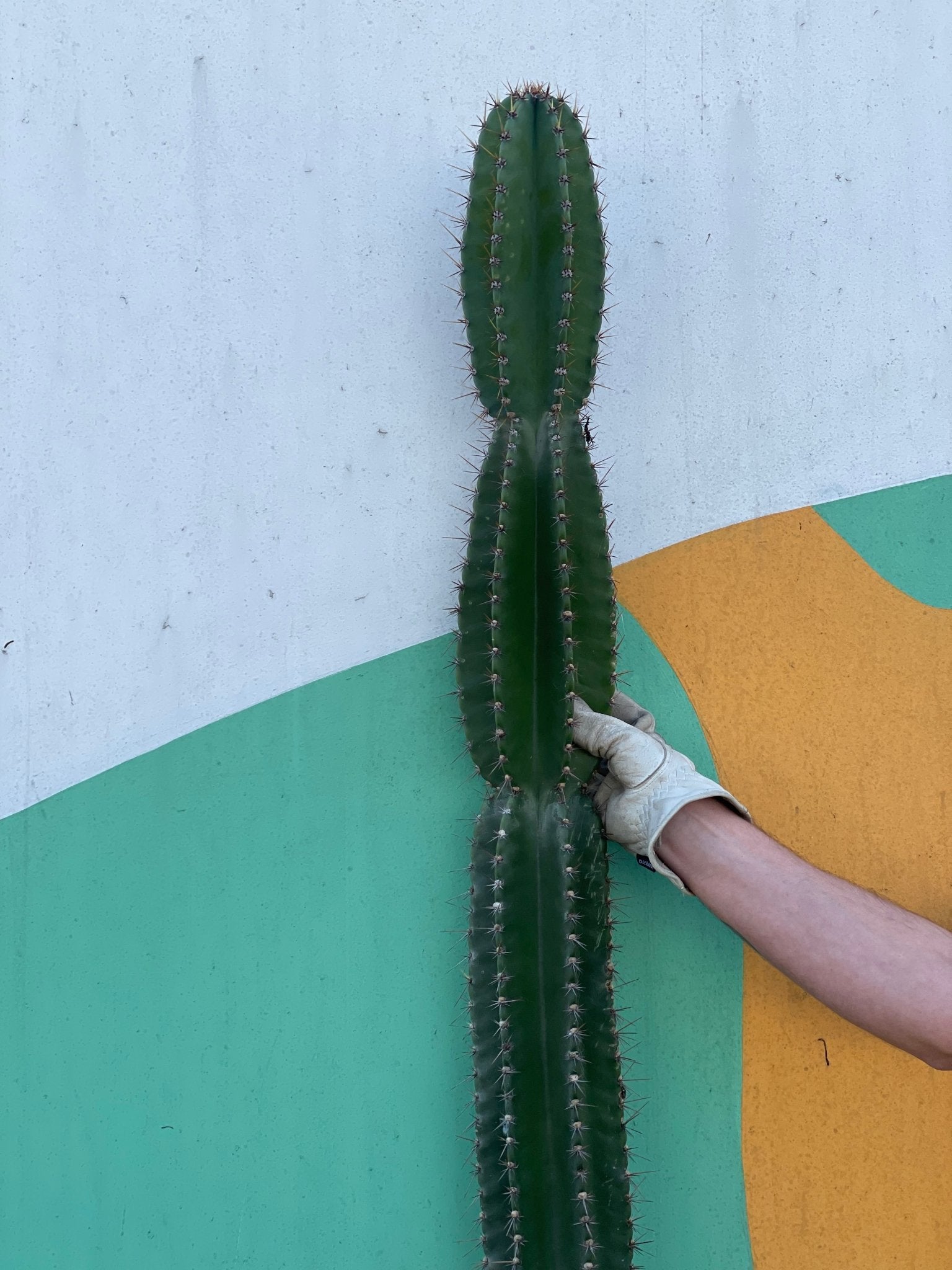
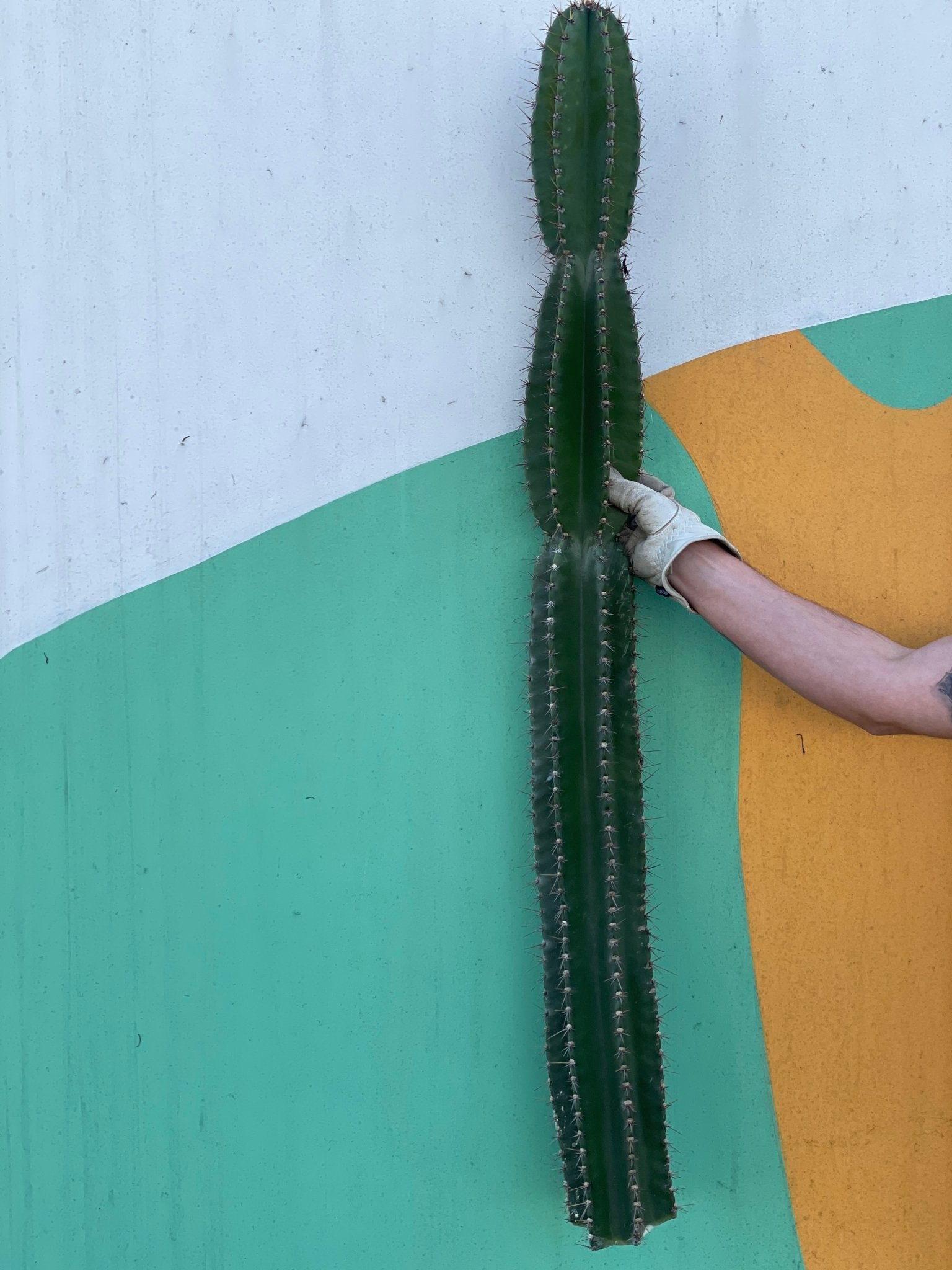
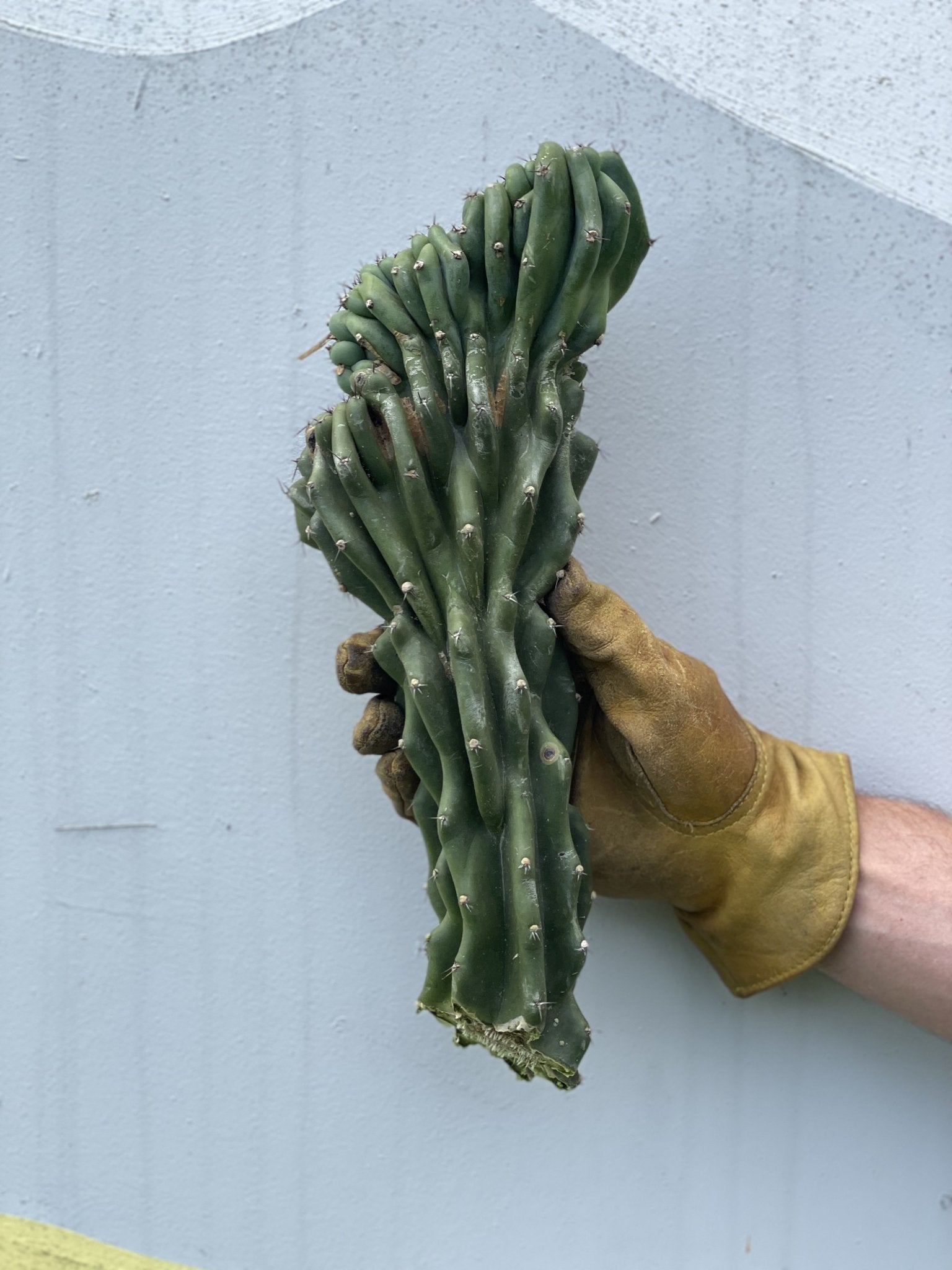
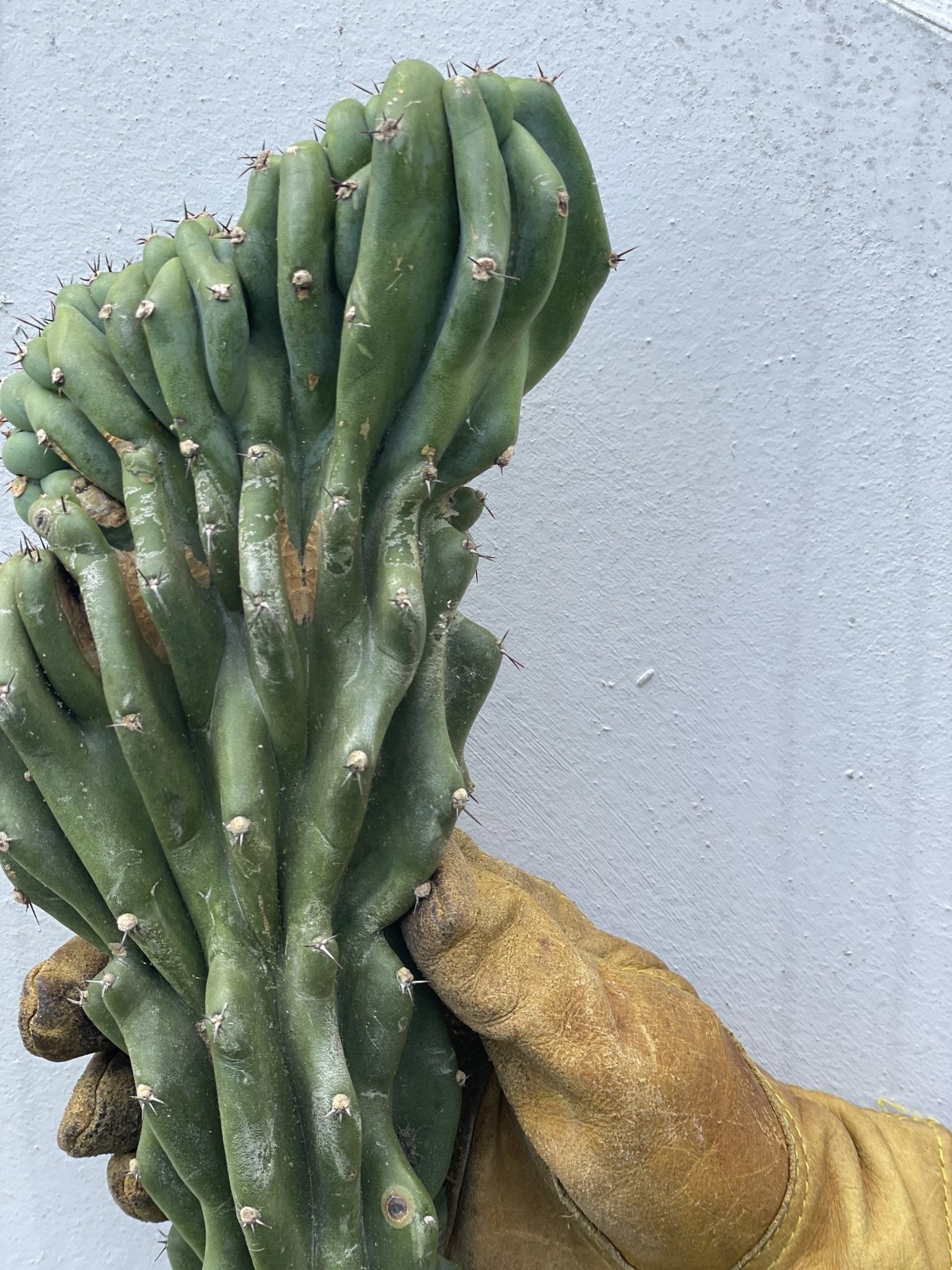


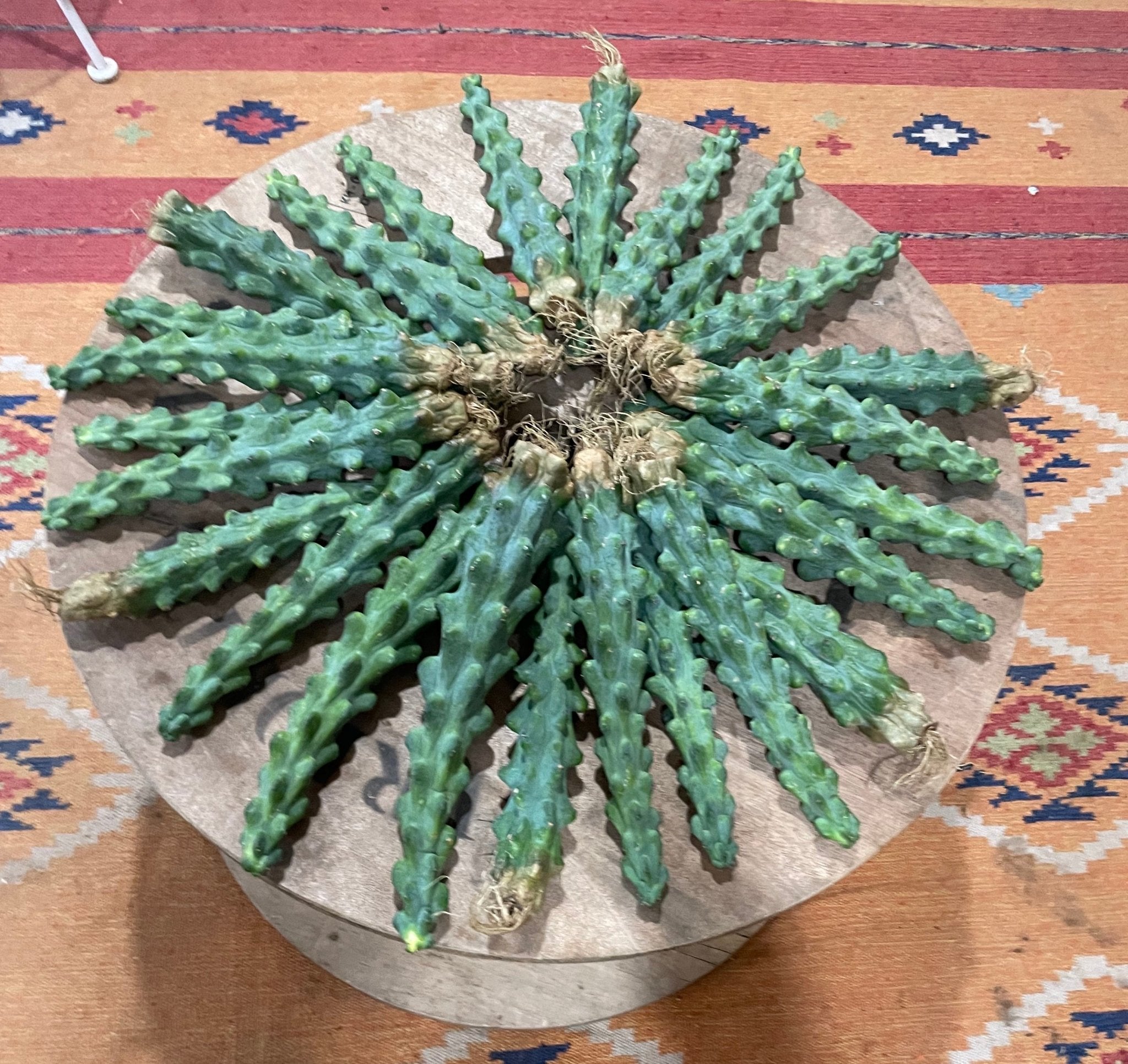
Leave a comment